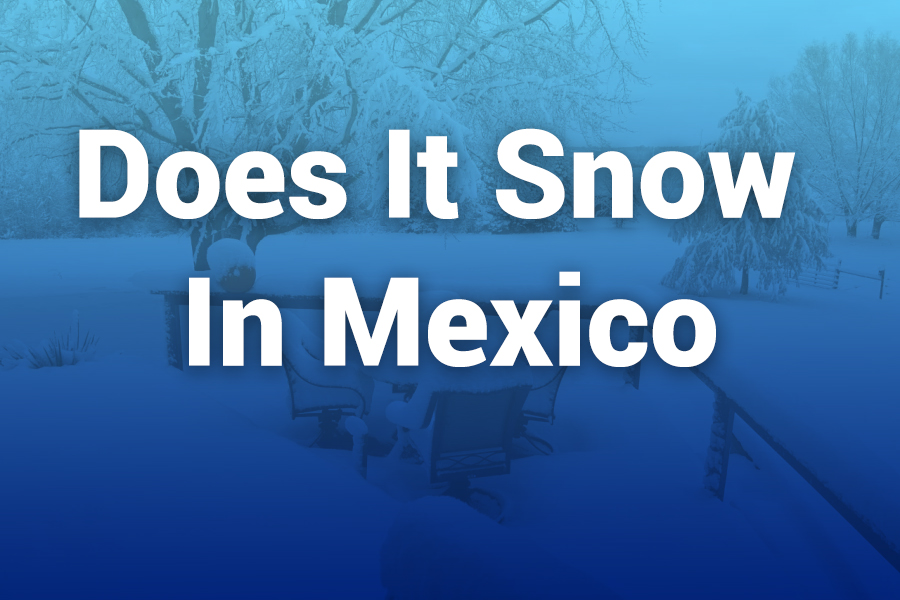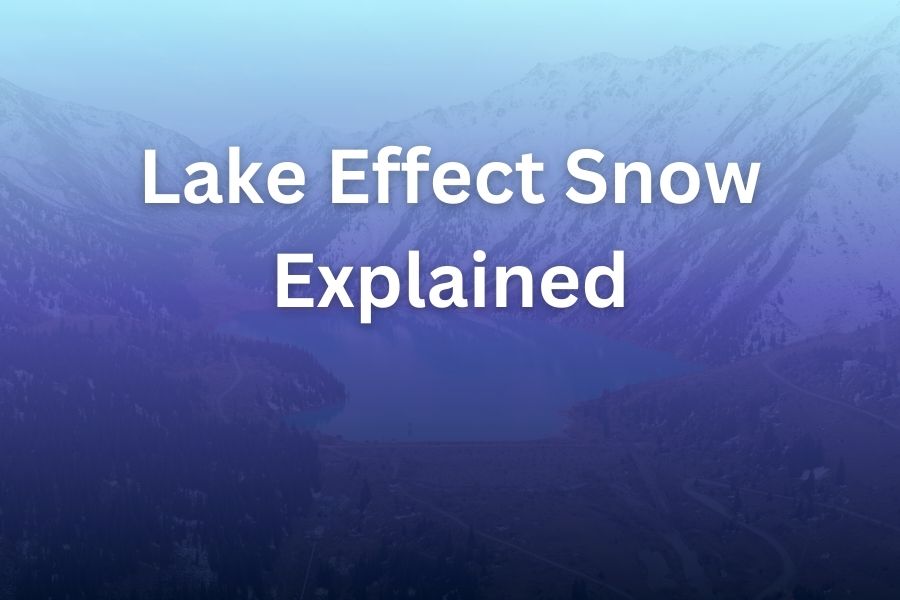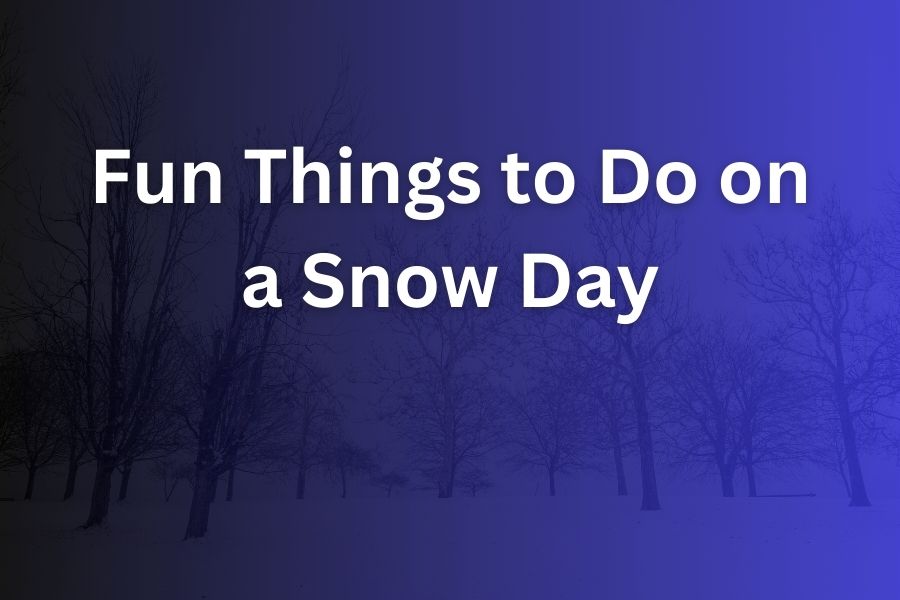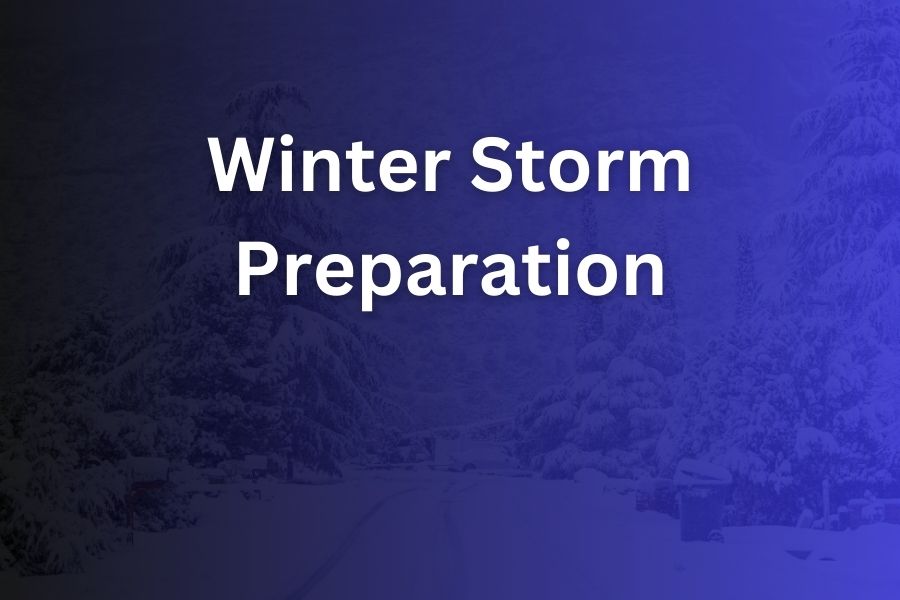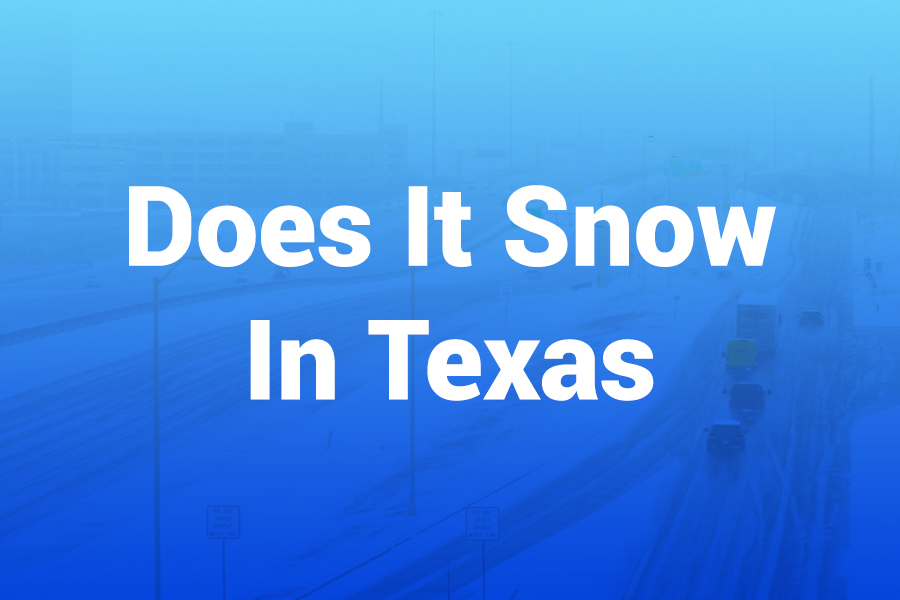
Texas, known for its blazing summers and wide-open plains, may not be the first place that comes to mind when you think of snow. Yet, the Lone Star State occasionally transforms into a winter wonderland, surprising residents and travelers alike.
While snow in Texas is rare and unevenly distributed, it’s not unheard of—especially in the northern and western regions where elevations are higher. In this article, you’ll learn where it snows in Texas, what regions experience the most snowfall, how often it happens, and how weather patterns shape these unique Texas winters.
Understanding Texas’ Climate Diversity
Texas has one of the most varied climates in the United States. Stretching from the Gulf Coast to the high plains of the Panhandle, the state covers multiple climate zones. This diversity means that weather conditions can range from tropical humidity in Houston to desert dryness in El Paso.
Snowfall in Texas depends largely on altitude and latitude. Northern and western parts of the state—such as Amarillo, Lubbock, and the Panhandle—are more likely to experience snow, while southern cities like Austin, San Antonio, and Houston rarely see flakes.
The Texas Panhandle typically experiences a semi-arid climate, which allows cold fronts from the Rocky Mountains to drop temperatures enough for snow. Central and southern regions, however, stay milder due to their proximity to the Gulf of Mexico. This warm moisture often keeps temperatures above freezing, preventing snow accumulation in those areas.
Where Does It Snow Most in Texas?
While snow can appear almost anywhere in the state under the right conditions, several Texas cities stand out for regular winter snowfall.
- Amarillo
Amarillo, located in the Texas Panhandle, is known as the snow capital of Texas. On average, it receives around 17–20 inches of snow per year. Cold air masses sweeping down from the north frequently collide with moist air from the Gulf, creating perfect conditions for snowstorms. The city even saw more than 20 inches of snow during particularly strong winter seasons. - Lubbock
Lubbock averages about 8 inches of snow annually. Winters can bring light flurries or heavy snowfalls, depending on the strength of northern fronts. The high plains elevation keeps temperatures cooler, making it one of the state’s snowiest urban areas. - El Paso
Located near the New Mexico border, El Paso gets about 4–6 inches of snow per year. Its desert climate makes each snowfall memorable. Residents often enjoy scenic views of the Franklin Mountains dusted in white—a rare but beautiful sight. - Borger and Dalhart
Smaller towns in the Panhandle such as Borger and Dalhart also see regular snowfall, with Dalhart averaging around 15 inches per year. These northernmost areas experience long winters, and snow can last on the ground for days due to the colder temperatures. - The Hill Country and North Texas
In places like Dallas, Fort Worth, and the Texas Hill Country, snow is less frequent but not impossible. Dallas typically sees snowfall once every few years, often ranging from a light dusting to a few inches. Hill Country towns like Fredericksburg and Kerrville might see snow occasionally, adding charm to their already picturesque landscapes. - Central and Southern Texas
Snow is extremely rare in Austin, San Antonio, and Houston. When it does occur, it becomes a statewide event. For example, the February 2021 winter storm brought measurable snow to nearly every region of Texas, proving that even the warmest parts of the state aren’t immune to winter’s reach.
How Often Does It Snow in Texas?
Snowfall frequency in Texas varies widely. In northern regions like Amarillo, snow occurs several times each winter. In contrast, cities in central and southern Texas might go years without seeing snow. On average:
- Amarillo: 4–6 snowfalls per season
- Lubbock: 2–4 snowfalls per season
- Dallas–Fort Worth: 1–2 snowfalls every few years
- Austin and San Antonio: once every 5–10 years
- Houston: once or twice a decade
Even when snow does appear in the southern half of the state, it rarely lasts long. Daytime temperatures quickly rise, melting it by afternoon.
The Science Behind Texas Snowfall
Texas snow depends on several meteorological factors. The most important include cold air masses from Canada and the Rocky Mountains, and the presence of moist air from the Gulf of Mexico. When these systems meet, the clash can create winter precipitation, including snow, sleet, or freezing rain.
The jet stream plays a major role. When it dips southward, it allows Arctic air to move into Texas, lowering temperatures enough for snow. The Panhandle and High Plains often experience these patterns because of their elevation and proximity to northern air flows.
El Niño winters also increase the likelihood of snow. During El Niño, the Pacific Ocean warms, changing atmospheric circulation and bringing wetter, colder weather to the southern United States. Texas often experiences more snow events in El Niño years compared to La Niña years.
Notable Snow Events in Texas History
Several historic snowfalls have shaped Texas weather history:
- December 2009 – A major snowstorm blanketed parts of Dallas and central Texas, bringing more than 3 inches to some areas.
- February 2011 – North Texas experienced multiple snowfalls that disrupted transportation but delighted residents with rare winter scenes.
- December 2017 – Snow fell across southeast Texas, reaching Corpus Christi and even the Houston area for the first time in years.
- February 2021 – The most significant winter storm in modern Texas history. This statewide event brought record-low temperatures, widespread snowfall, and power outages. Some cities recorded over 6 inches of snow, with the Panhandle seeing totals over 10 inches.
These events highlight how unpredictable winter can be in Texas. While rare, snow can blanket the state when cold and moisture conditions align perfectly.
How Texans Prepare for Snow
Unlike states with regular winter weather, many Texas cities lack the infrastructure to handle snow. When it does arrive, schools and businesses often close. Road crews use sand or brine to reduce ice on highways, but major snowstorms still create travel delays.
Texans have learned to adapt, however. In northern cities such as Amarillo and Lubbock, residents are more experienced with snow driving and home insulation. In contrast, areas like Houston or Austin can face challenges since freezing temperatures are uncommon.
Winter preparedness tips for Texans include:
- Keeping emergency kits with blankets, flashlights, and nonperishable food.
- Insulating pipes to prevent freezing.
- Using weather apps to monitor cold fronts.
- Staying indoors during icy conditions.
Snow Tourism in Texas
Yes, snow tourism exists in Texas! People often travel north to experience a taste of winter. Amarillo, Palo Duro Canyon, and Caprock Canyons State Park offer stunning snow-covered views. These areas provide outdoor fun such as sledding, hiking, and photography.
In the Guadalupe Mountains National Park near the New Mexico border, snowfall turns rugged peaks into breathtaking winter landscapes. Travelers seeking mild snow adventures can also explore the Davis Mountains or Big Bend region, where occasional snowfalls add a magical touch to desert scenery.
How Snow Affects Texas Wildlife and Agriculture
Snow can temporarily affect Texas wildlife and agriculture. Many animals, from deer to cattle, struggle to find food when snow covers the ground. Farmers may face challenges with livestock care and water supply during freezing events.
However, snow also benefits Texas ecosystems. It replenishes soil moisture when it melts and helps reduce drought conditions in dry regions. In the Panhandle, snowmelt supports spring crops and grazing lands, providing natural irrigation in a state that often battles water shortages.
The Beauty of Texas Snow
Despite the inconvenience, snow brings joy and wonder to Texans. Social media fills with photos of palm trees dusted in white and kids building snowmen in their backyards. For many, snowfall creates cherished memories since it’s such a rare treat.
Communities celebrate the brief winter transformation. Local parks and downtown areas sparkle under white blankets, while businesses embrace the holiday atmosphere. In the Hill Country, wineries and lodges enjoy a surge in visitors who want to experience a cozy winter escape close to home.
Will Texas See More Snow in the Future?
Climate experts note that extreme weather events are becoming more unpredictable. While average temperatures in Texas are gradually warming, the frequency of intense cold snaps could remain the same or even increase temporarily due to shifting jet stream patterns.
This means that while snow in southern Texas will likely stay rare, the Panhandle and northern regions may continue to see occasional heavy snowfalls. Future winters may bring fewer but more intense events, similar to the 2021 storm.
Tips for Experiencing Texas Snow Safely
If you plan to see snow in Texas, consider these simple safety tips:
- Check weather forecasts before traveling north.
- Pack warm clothing and snow-ready tires.
- Avoid driving during active snowstorms.
- Explore parks and scenic areas during daylight for safety.
Snow in Texas might not compare to Colorado or New York, but it offers a unique charm. The contrast between warm southern landscapes and sudden winter chills makes each snowfall unforgettable.
Conclusion: The Rare Charm of Texas Snow
So, does it snow in Texas? Absolutely—but only sometimes and not everywhere. From Amarillo’s snow-packed plains to Austin’s once-in-a-decade flurries, each region experiences winter differently. Snow in Texas remains a fascinating reminder of the state’s diverse geography and unpredictable weather.
Whether you’re a resident hoping for another magical snowfall or a visitor planning to chase the flakes, Texas proves that even in the land of heat and sunshine, winter can still surprise you.

